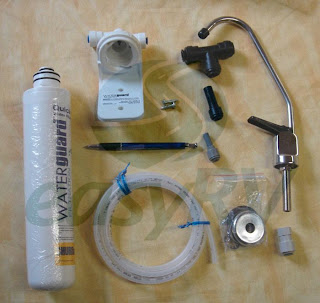"I'd wondered what on earth I done wrong when they packed me off to the desolate wilds of Siberia... after all, it's not the kind of place you generally visit willingly. People used to be dragged there in chains..."
"Siberia was once the world headquarters for suffering..."
Here is the article for those that are interested: http://sixtyminutes.ninemsn.com.au/stories/8219565/frozen-fortunes Frozen Fortunes 60 minutes 26/06/2011
Thought it was funny when aligned to our trip.
On our last trip, as you know we used it as a 'shake-down' to see what worked, what didn't, what we used, what we didn't and finally whether we liked it or not.
Which brings me to the topic of digital maps/navigation software. We had a system on our last trip, and it was very handy. Surprisingly, the main reason was handy is because it showed us exactly where we were.
Paper maps are much easier to read as they will typically come in different scales in a map book. You'll have a nice big country/state map to allow you to set a general direction, and a localised map to actually help you make on the ground decisions, like how far between here and lunch.
You certainly can have different scale digital maps, but the speed at which you get get perspective is instant as opposed to continually flicking windows and changing maps. You might say; Why don't you just zoom out. Well, because it's just a paper map that's scanned in, as you zoom out, the text becomes smaller.
We would certainly try to buy our paper maps spiral bound as flat out paper maps are annoying.
We did prove that you can't rely on the digital system on our last trip. To cover us in the event of a failure, we plan to mark our location on our paper map once or trice a day if we are on roads between towns. In Mongolia where there are no roads, we will be doing this much more frequently. On our last trip, the 12v laptop power supply failed. We could run it on the inverter, which was inconvenient but workable. We were fortunate as any other failure would have rendered the system useless. Other than blowing away, getting wet, or unable to locate your position on a map, paper maps are pretty reliable.
The screenshots below show our off road navigation system OziExplorer, but we also use turn-by-turn navigation software just like your car GPS. I sold the last system (which I must say was nearly dead) and am considering buying the components to build another system. As you can see, our last implementation was slightly crude, but very effective. It was mounted in such a way that it could be viewed by the driver. In hindsight, moving it away from the drivers view would be advantageous as it's too tempting to look at while driving.
I'm of two minds in developing a new system. Whether to do a similar 10" screen but on the passenger side this time, or scale it back to a smaller and simpler 'stuck on the window' navigation device running a more compact version of the OziExplorer software called OziExplorer CE. Or, a in dash thing that kills all those birds - something like this:
Please - don't feel like you have to watch this through - it is mighty boring.
Below is a 50% scale of how the full PC version of OziExplorer software fits a screen like our old car. As you can imagine, pressing any of the buttons with your finger was nearly impossible.
Below is a video of how the OziExplorer CE looks (he's cycling through heaps of screens all of which are customisable) - Again, boring video, but just to give you some perspective on how it's much more touch screen friendly.I like the idea that this is separate to our laptop - if anything goes wrong, we can use the GPS/OziExplorer combination in the laptop. The other advantage is, OziExplorer CE/Dash navigation is all 'solid state' meaning no moving parts and less complexity as opposed to using a laptop for navigation and piping the video back to the dash mounted screen. Another advantage is the laptop will be off during transport, reducing the risk of damage, but also meaning it can be easily removed in our hand luggage without having to shut it down and unplug it. Excuse my stream of thoughts - wow, I say advantage alot.
On a follow-up to a previous post, I mentioned I had trouble setting the glue between the lid and the hose joiner - I bought proper plastic glue and it worked a treat.






